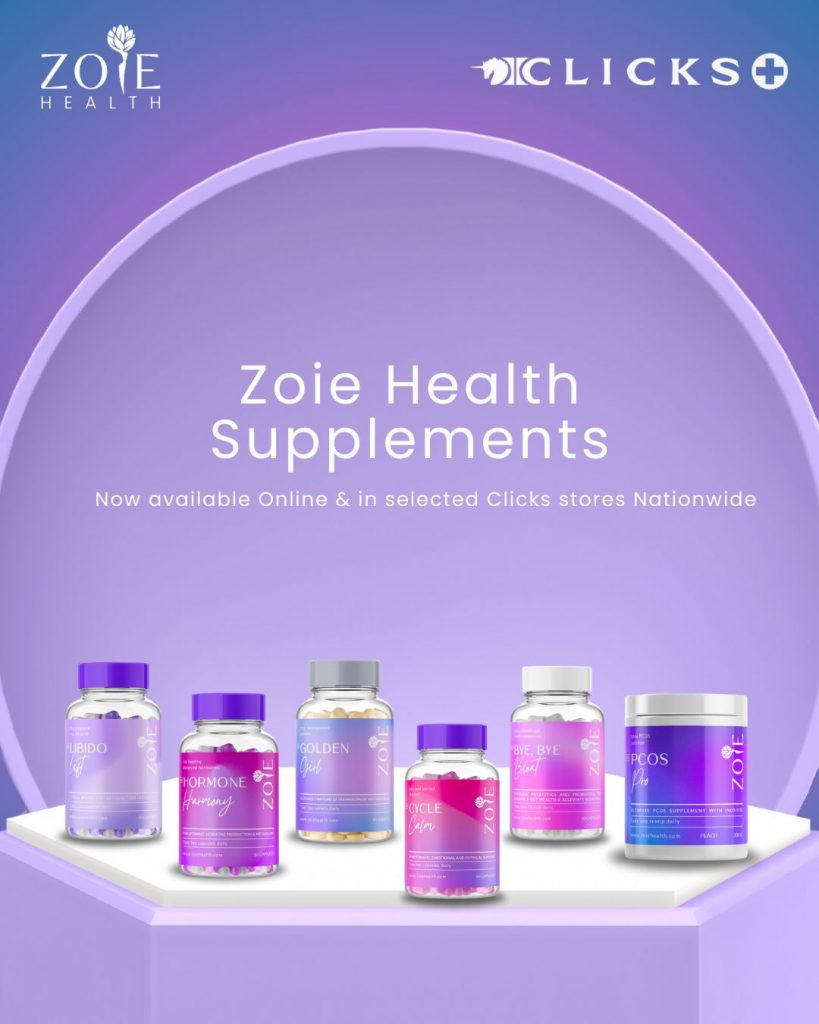When it comes to the prospect of delivering your little one into the world, the decision about how to deliver- whether natural or c-section, can be daunting.
First things first: a natural birth refers to vaginal birth, with or without medication. This could involve hypnobirthing, water births, or even that weird communal one in Handmaid’s Tale. A Caesarean section, or C-section, is a surgery involving a doctor creating an incision, either vertically or transversally (from side to side).
What’s more popular: natural or C-section births?
In South Africa, C-sections are on the rise, with 77% of moms with medical aid choosing C-sections over vaginal birth. In public hospitals, only 28% of women give birth vaginally – this may be because doctors opt for vaginal births in public hospitals, and only do C-sections if there are complications.
So, when will a C-section be necessary?
If there are medical concerns for the baby or mother, a doctor would opt for a Caesarean delivery. That includes problems with the placenta, the labour not progressing well enough, having a particularly large baby, a breeched baby (the feet are pointing downward into the birth canal). Other conditions include a mother’s high blood pressure or an infection.
What are the benefits of a C-section birth?
C-section births are scheduled events (unless there’s a problem with the natural birth). They’re about 45 minutes long and women who have C-sections are less likely to have urinary incontinence and prolapse.
C-Section: The Cons
With a Caesarean delivery, your hospital stay is longer, about two to four days. Because it involves a surgery, the hospital bill is much higher, too and the recovery period may be longer and more difficult. A 2006 study found that women who deliver via C-sections are more likely to die than natural birthing moms, with blood clots, infections and other complications contributing toward mortality. Also, if your first birth is a C-section, you’re more likely to deliver via C-section with your next birth, due to safety concerns.
Natural Birth: The Cons
Having dampened your mood with that news, allow us to iterate that even natural births are risky. Aside from the fact that natural births are long and gruelling, delivering naturally also opens up the possibility of perineal tears (the are between the vagina and buttocks), which would require stitches. Women who give birth naturally could also experience incontinence, prolapse or other pelvic floor disorders.
What are the natural birth pros?
Natural births offer a bit of freedom: some people give birth at home. You could use a doula or midwife, and your hospital stay would be shorter. During your natural birth, you squeeze out fluid in your baby’s lungs, which helps ease breathing issues (With a C-section, doctors are responsible for opening a newborn’s airways). You’re also united with your bundle of joy right after birth (if all goes well) and can start breastfeeding sooner than C-section moms (milk may take longer to produce).
In all, the delivery method you choose (whether natural or c-section) is between you and your doctor, who’ll let you know the specific concerns he has for your pregnancy if any.
Additional sources: Healthline, News24, WebMD










One Response
Excuse for that I interfere … here recently. But this theme is very close to me. I can help with the answer. Write in PM.